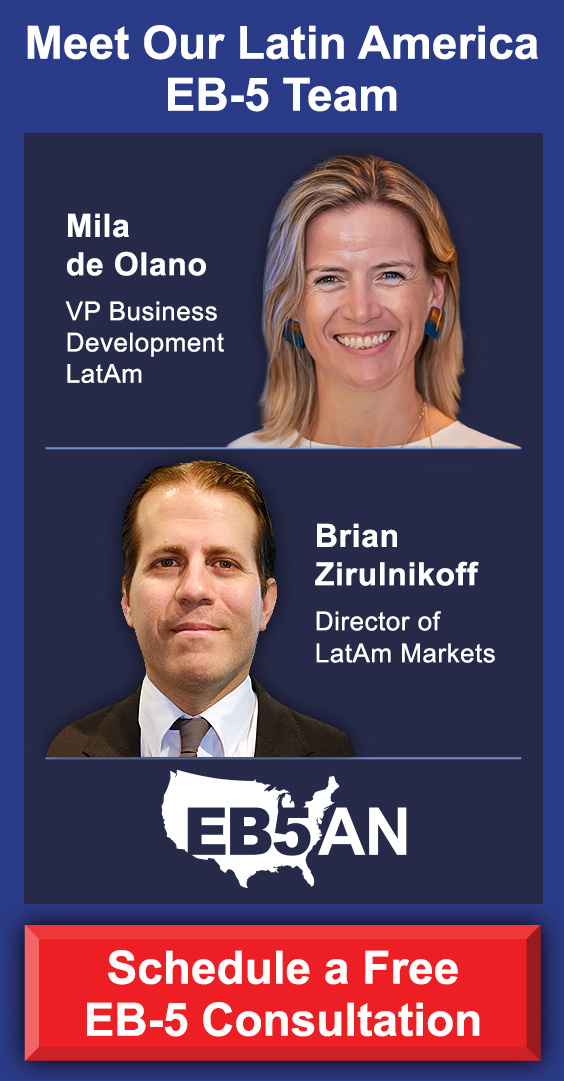In recent years, the EB-5 Immigrant Investor Program has become a highly sought-after pathway for foreign nationals looking to secure a U.S. Green Card. With its promise of permanent residency for investors and their families, the program has attracted individuals from around the world.
However, a notable shift is taking place in the EB-5 landscape, particularly among investors from India and China. Knowledgeable investors are increasingly choosing rural EB-5 projects, recognizing the distinct advantages these projects offer—especially in light of potential backlogs and delays in other visa categories. As of the April 2025 Visa Bulletin, set-aside categories for rural, high-unemployment, and infrastructure projects remain current, creating viable and faster routes to obtaining a U.S. Green Card, albeit with notable differences among these categories.
This article explores why investors from India and China are focusing on rural EB-5 projects and why they represent a smart choice in today’s EB-5 landscape.
A Growing Focus on Rural Projects
The Appeal of Rural EB-5 Projects for Indian and Chinese Investors
A Smart Choice for Indian and Chinese EB-5 Investors
A Growing Focus on Rural Projects
The EB-5 program allows foreign nationals to obtain a Green Card by investing in U.S. businesses that create jobs for U.S. workers. Historically, the program has faced criticism for its potential to cause delays due to high demand, particularly from countries like China and India. These two countries have accounted for the lion’s share of EB-5 applicants in recent years, creating a backlog that has led to waiting times stretching into years. In response to this, legislative changes have made EB-5 projects in reserved set-aside categories an increasingly attractive option for investors seeking faster approval times and more favorable processing conditions.
The introduction of the EB-5 Reform and Integrity Act of 2022 (RIA) marked a pivotal shift in the program. One of the most important changes was the allocation of visas to the “set-aside” categories mentioned above, which include projects in rural targeted employment areas (TEAs), high-unemployment or “urban” TEAs, and certain infrastructure projects. For investors from India and China, these changes opened up faster and more reliable paths to U.S. residency.
The Appeal of Rural EB-5 Projects for Indian and Chinese Investors
Priority Processing and Set-Aside Visas
Under the RIA, set-aside visas are specifically allocated for rural, high-unemployment, and infrastructure projects. Exclusively for the rural TEA category, the U.S. Citizenship and Immigration Services (USCIS) has streamlined processing times, offering priority processing for I-526E petitions (the initial stage of the EB-5 process). This means that rural EB-5 projects are receiving quicker approval times compared to those in urban areas, where the number of visas set aside is smaller than that of rural projects, making delays more likely as demand grows.
For instance, a typical EB-5 investment in a rural TEA may lead to the approval of the I-526E petition in as little as 9.5 months, much faster than the several years it may take for other pre-RIA applicants.
The April 2025 Visa Bulletin indicates that set-aside categories, including rural projects, remain current. This is crucial information, particularly for Indian and Chinese investors, who are experiencing retrogression in the unreserved category.
Reduced Risk of Retrogression
In addition to the worsening retrogression in the unreserved EB-5 category, Indian and Chinese investors are also expected to face backlogs in the reserved set-aside categories, as suggested in the January Visa Bulletin.
That said, the impact will likely be heavier on investors in urban TEA projects. Those who invest in rural TEA projects are not expected to experience the same level of delay, thanks to a higher visa allocation and less competition.
For investors from high-demand countries, choosing a rural project could be a smart way to avoid long waiting times. But for those applying from within the U.S., timing is critical—if their category retrogresses before they file, they may lose the chance to submit their EB-5 petition and adjustment of status at the same time. Starting the process early helps lock in a priority date and ensures they can live and work in the U.S. with an EAD and advance parole while waiting for their Green Card.
A Smart Choice for Indian and Chinese EB-5 Investors
For Indian and Chinese investors seeking to obtain a U.S. Green Card, rural EB-5 projects offer a clear and attractive path forward. With the benefit of priority processing and reduced risk of retrogression, rural projects present an intelligent choice for investors who want to avoid risks and secure their Green Card in a timely manner.
Chinese and Indian investors should keep several key factors in mind during the EB-5 process to make informed, strategic decisions that support both their financial and immigration goals. The best way to do this is by working with experienced professionals who understand the complexities of the program.
EB5AN has helped more than 2,300 families from 70+ countries become lawful permanent residents of the United States. Our team has more than a decade of experience and offers clients first-rate, low-risk EB-5 regional center projects with a 100% USCIS project approval rate.
If you would like to know more about your EB-5 investment options, book a free call with our expert team









